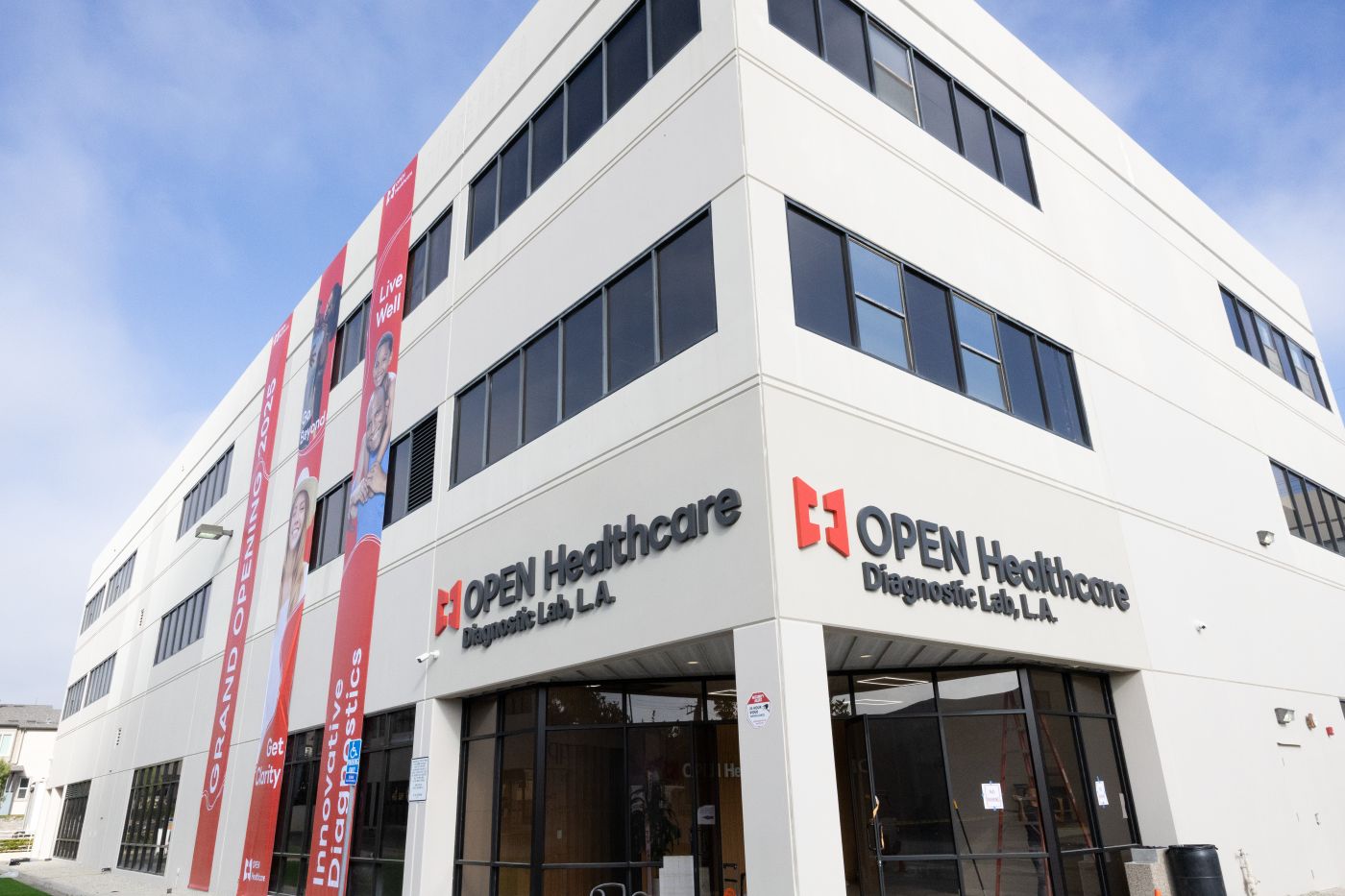Fast Facts: Health and Economic Costs of Chronic Conditions | Chronic Disease

The impact of chronic diseases in America
Ninety percent of the nation’s $4.9 trillion in annual health care expenditures are for people with chronic and mental health conditions.12 Interventions to prevent and manage these diseases can have significant health and economic benefits.
Diseases
Heart disease and stroke
Nothing kills more Americans than heart disease and stroke. More than 843,000 Americans die of heart disease or stroke every year—that’s more than 1 in 4 deaths.3 These diseases take an economic toll, as well, costing our health care system $233.3 billion per year and causing $184.6 billion in lost productivity on the job.4 Costs from cardiovascular diseases are projected to hit roughly $2 trillion by 2050.5
See the health and economic benefits of high blood pressure interventions.
Cancer
Each year in the United States, 1.8 million people are diagnosed with cancer, and more than 600,000 die from it, making it the second leading cause of death.6 The cost of cancer care continues to rise and is expected to reach more than $240 billion by 2030.7
See the health and economic benefits of interventions for breast cancer, cervical cancer, colorectal cancer, and skin cancer.
Diabetes
More than 38 million Americans have diabetes, and another 98 million adults in the United States have prediabetes, which puts them at risk for type 2 diabetes.8 Diabetes can cause serious complications, including heart disease, kidney failure, and blindness. In 2022, the total estimated cost of diagnosed diabetes was $413 billion in medical costs and lost productivity.9
See the health and economic benefits of diabetes interventions.
Obesity
Obesity affects 21% of children10 and 40% of adults,11 putting them at risk of chronic diseases such as type 2 diabetes, heart disease, and some cancers. Only 2 in 5 young adults are weight-eligible and physically prepared for basic training in the U.S. military.12 Obesity costs the U.S. health care system nearly $173 billion a year.13
Alzheimer’s disease
Alzheimer’s disease, a type of dementia, is an irreversible, progressive brain disease that affects nearly 7 million Americans, including 1 in 9 adults aged 65 and older. Two-thirds of these older adults (4.2 million) are women. Deaths due to Alzheimer’s disease more than doubled between 2000 and 2021, increasing 141%. The cost of caring for people with Alzheimer’s and other dementias is an estimated $360 billion in 2024, with projected increases to nearly $1 trillion (in today’s dollars) by 2050.14
Arthritis
Arthritis affects 53.2 million adults in the United States, which is about 1 in 5 adults.15 It is a leading cause of disability in the United States, and a leading cause of chronic pain.15 Arthritis-attributable medical costs and earning losses were over $300 billion in 2013.16
Chronic kidney disease
Chronic kidney disease (CKD) affects more than 35.5 million adults in the United States. Diabetes and hypertension are the leading causes of CKD in adults.17 Awareness of CKD is low, with nearly 9 out of 10 people not knowing they have it.17 Among those with severe CKD, about 1 in 3 are still unaware they have it.17 Nearly 1 in 4 Medicare dollars, totaling $95.7 billion, are spent on care for patients with CKD.18
Epilepsy
In the United States, about 3 million adults and about half a million children and teens younger than 18 have active epilepsy—meaning that they have been diagnosed by a doctor, are taking epilepsy medicines, had a recent seizure, or both.19 Adults with epilepsy report worse physical and mental health, and more work limitations c compared to adults without epilepsy.19 In 2019, total health care costs (epilepsy-attributable and other health-related costs) for noninstitutionalized people with epilepsy was $13.4 billion, of which $5.4 billion were directly attributable to epilepsy.20
Tooth decay
Cavities (also called tooth decay) are one of the most common chronic diseases in the United States. One in six children aged 6 to 11 years and 1 in 4 adults have untreated cavities.21 Untreated cavities can cause pain and infections that may lead to problems eating, speaking, and learning. On average, 34 million school hours are lost each year because of unplanned (emergency) dental care, and almost $46 billion is lost in productivity due to dental disease.2223
See the health and economic benefits of oral disease interventions.
Risk Factors
Cigarette smoking
More than 16 million Americans have at least one disease caused by cigarette smoking.24 This amounts to more than $240 billion in health care spending that could be reduced every year if we could prevent young people from starting to smoke and help every person who smokes to quit.25
See the health and economic benefits of tobacco use interventions.
Physical inactivity
Not getting enough physical activity comes with high health and financial costs. It can lead to heart disease, type 2 diabetes, some cancers, and obesity.26 Inadequate physical activity also costs the nation $192 billion a year for related health care.27
Excessive alcohol use
Excessive alcohol use is responsible for 178,000 deaths in the United States each year, including 1 in 5 deaths among adults aged 20 to 49 years.2829 Binge drinking is responsible for over one-third these deaths.28 In 2010, excessive alcohol use cost the U.S. economy $249 billion, or $2.05 a drink, and $2 of every $5 of these costs were paid by the public.30 Three-quarters of these costs were due to binge drinking.
link







